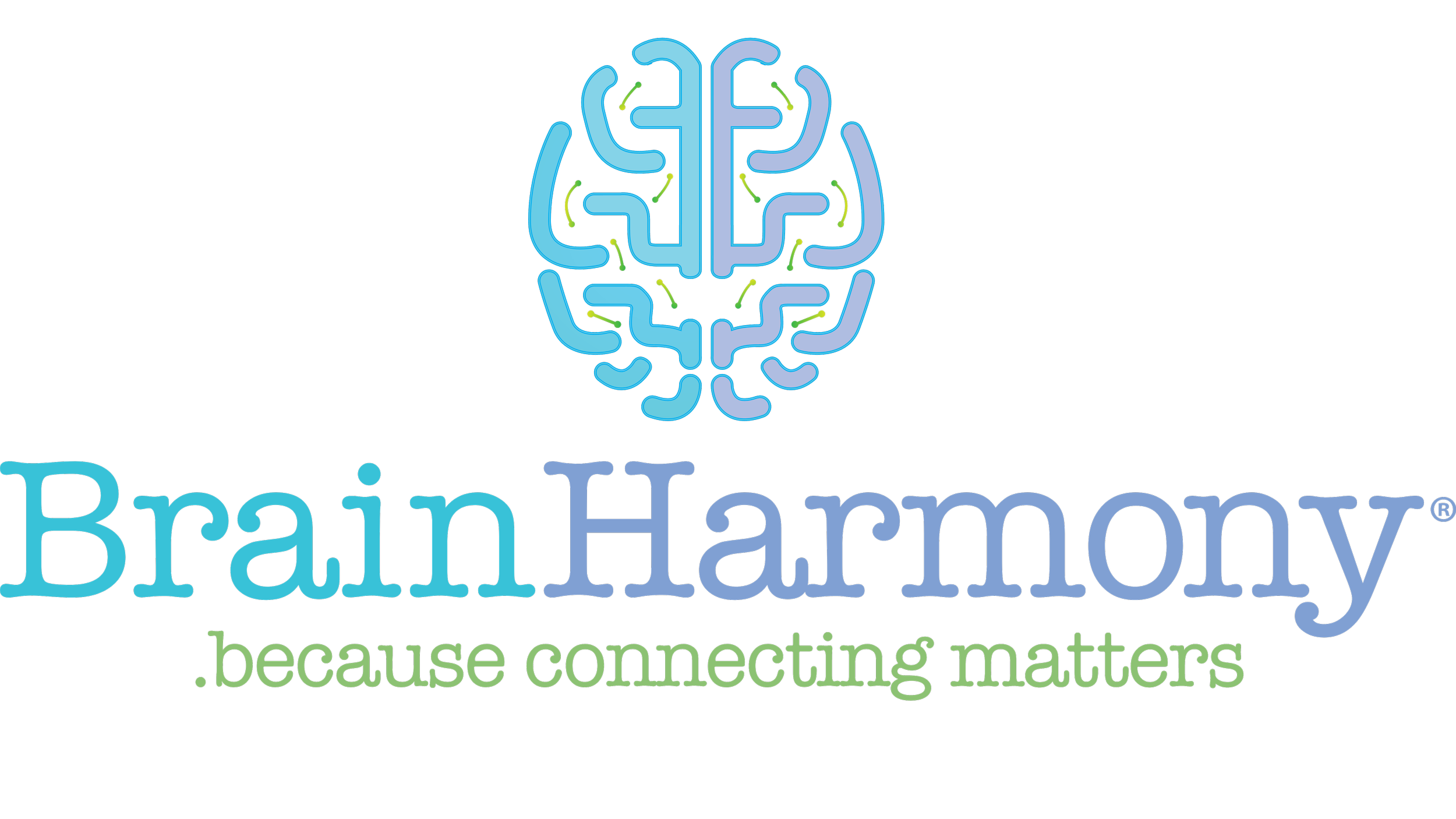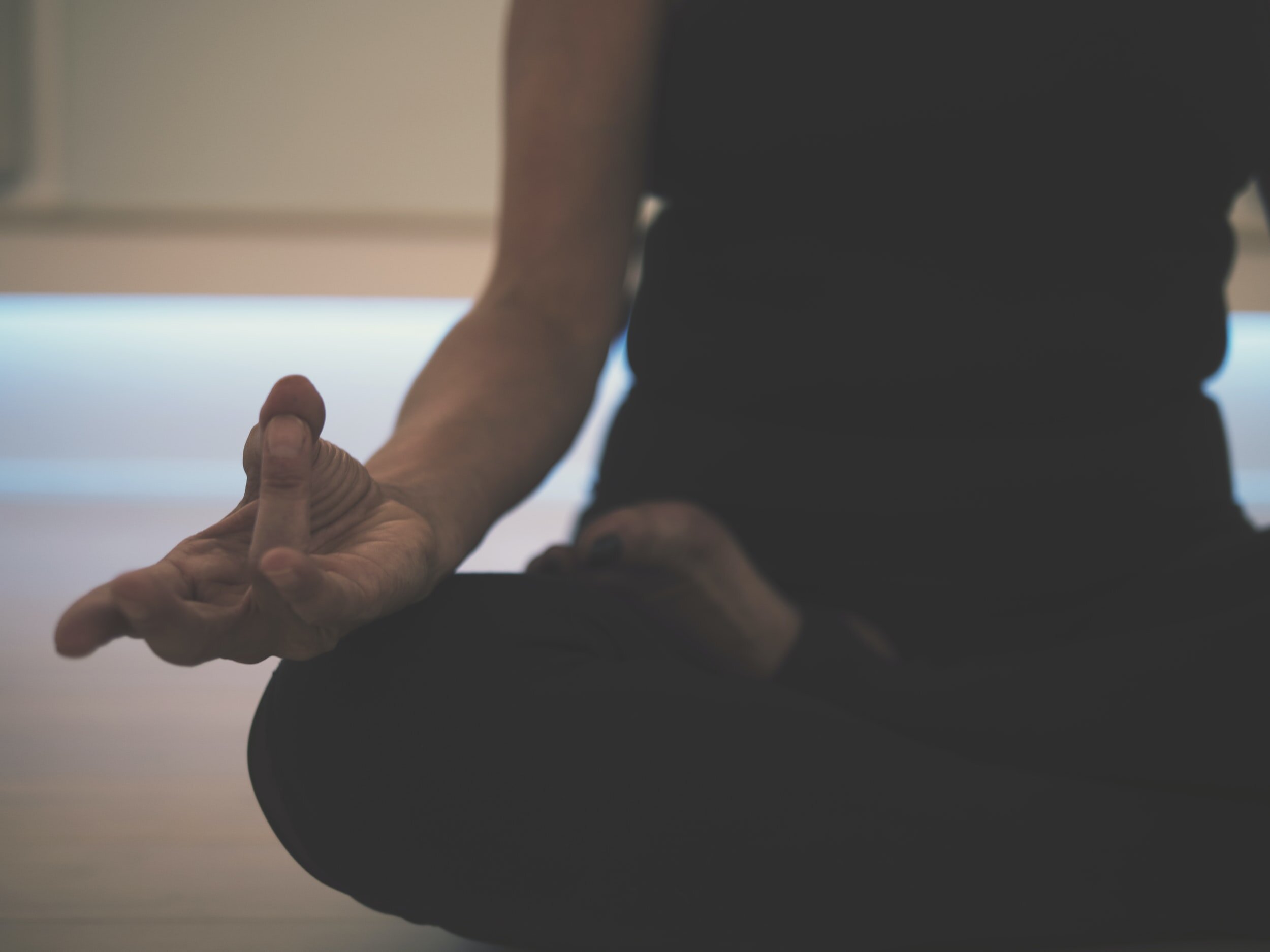Finding Calm and Self-Care: 15 Ways To Stimulate the Vagus Nerve At Home
Finding ways to combat stress, induce a sense of calm, and care for yourself, has become even more essential than ever this past year. While your nervous system functions are primarily under subconscious control, there are a variety of techniques that you can use to calm your nerves and bring you back into a place of safety.
Most of these techniques involve your vagus nerve, which is responsible for helping you combat stress, and turn the dial down on feelings like anxiety and fear.
What Is The Vagus Nerve?
The vagus nerve plays a crucial role in your autonomic nervous system (ANS), specifically the parasympathetic branch of your ANS. While the sympathetic branch of your ANS is responsible for your fight or flight response, the parasympathetic branch regulates "rest and digest" and provides feelings of calm and safety.
The vagus nerve also establishes communication between your brain and your gut and therefore has been the subject of extensive studies relating to the mind-body connection[*].
When the vagus nerve gets stimulated, feelings of relaxation take over, your heart rate decreases, and breathing slows down. Vagal stimulation can happen naturally due to input from your environment, but you can also consciously stimulate the vagus nerve through various techniques.
Below are 15 ways to enhance vagal tone by stimulating your vagus nerve right in the comfort of your own home. If you’ve been looking for how to stimulate your vagus nerve at home, you’ve come to the right place.
15 Ways To Stimulate Your Vagus Nerve At Home
#1 Deep Breathing
One of the primary responsibilities of your autonomic nervous system is to regulate your breathing. When you're stressed or fearful, breathing tends to become shallow and fast. When you're relaxed and calm, on the other hand, breathing is slow and deep.
Unlike other autonomic responses, breathing is one that you can consciously take into your own hands. By intentionally slowing your breath down, you send a signal to your brain that you are safe and calm. In a way, this can trick your system into believing that you are relaxed even if you're feeling anxious.
Research shows that slow, deep breathing exercises can enhance vagal tone, improve oxygen saturation, and decrease feelings of anxiety[*].
#2 Humming or Singing
Singing and humming are known to promote feelings of well-being, which is why many spiritual and religious ceremonies include some type of music to uplift the energy.
When you sing or hum, it naturally slows down the cadence of your breath which sends signals to your brain that you are safe. As you can imagine, your ancestors that were running from tigers likely weren't humming their favorite tune while doing so.
Much in the same way that deep breathing can activate vagal tone, singing helps to shift your body out of sympathetic mode and activates parasympathetic activity while increasing heart rate variability[*].
Heart rate variability (HRV) is a biological measure that relates to your stress response, with greater variability indicating greater resistance to stress.
#3 Cold Exposure
Cold exposure, such as a cold shower, can increase vagal tone by enhancing the activity of your parasympathetic nervous system.
Research shows that when you're first exposed to cold temperatures, your sympathetic nervous system kicks on. However, once you've acclimated to the temperature, it creates a significant shift away from sympathetic towards parasympathetic mode due to increased vagal activity[*].
One of the easiest ways to experience cold exposure is a 30-second cold shower, followed by warm water.
#4 Chanting
One of the most popular chants, or mantras, is the "OM" you hear at the beginning or end of a yoga class.
Although the ancient yogis who began this chant didn't have scientific evidence to back it up -- their intuition was on to something.
Research shows that chanting, and especially chanting OM, stimulates the muscles in the back of your throat, which are connected to your vagus nerve. This increases vagal activation and stimulates parasympathetic mode. At the same time, ancient structures in your brain that are cued up for threat detection, like the amygdala, are deactivated, leaving you with a feeling of safety and calm[*].
#5 Laughter
When you're feeling down, there's nothing better than a good laugh to cheer you up. But what is it about laughing that makes you feel so good?
When you laugh, it stimulates a cadence of breathing that activates parasympathetic mode. This is directly related to enhanced vagal tone and increased heart rate variability[*].
Research shows that laughter not only provides an immediate sense of well-being but it reduces long-term anxiety as well.
#6 Meditation
Meditation is quickly becoming one of the most popular, non-intrusive strategies for combating stress and anxiety.
Mindfulness meditation, in particular, has been widely studied for its ability to bring you back into the present moment and help you regain a sense of control over your emotions.
Research shows that people who participate in mindfulness meditation not only experience greater heart rate variability during the meditation practice, but the benefits can last throughout the day.
Along with heart rate variability, meditation is also associated with slower, deeper breathing that often comes along with feeling grounded in the present moment. Taken together, mindfulness meditation is likely to increase vagal tone and parasympathetic activity[*][*].
#7 Positive Social Connections
Having a positive social connection can enhance feelings of well-being and belonging. When you feel positive emotions towards someone else, it increases vagal tone, which in turn gives you a sense of calm and safety.
Incredibly, research also shows that self-generated positive connections like those created through loving-kindness meditation can have the same effect.
In long kindness meditation, you send out positive feelings and thoughts to people in your life. Although they may never even know that you're doing so, the act of sending out positive emotions to others increases your vagal activation and stimulates your parasympathetic nervous system[*].
#8 Hugging
Giving and receiving a hug is one of the most comforting acts you can experience. When you hug someone, your body produces the hormone oxytocin (also known as the love hormone), which is released from your vagus nerve.
Oxytocin release is so intimately tied to feeling safe that it can be triggered from any type of positive social interaction or warm touch[*][*].
Research shows that when you hug or cuddle, it activates your parasympathetic nervous system and increases heart rate variability[*][*].
#9 Massage
Massage, which is an inherently relaxing activity, has been shown to increase vagal tone and heart rate variability.
By adding pressure to specific points on the body, studies show that reflexology enhances vagal activation and lowers blood pressure while decreasing sympathetic activity[*].
In preterm infants, massage enhances gastric activity due to increases in vagal regulation, resulting in healthy weight gain[*].
Much like hugging, massage may provide a sense of comfort and safety that shifts your nervous system into parasympathetic activation.
#10 Tai Chi
Tai Chi comes from China and is sometimes referred to as "meditation in motion." It's a physical practice that combines martial arts with meditation and has become increasingly popular in the West. The goal of Tai Chi is to connect the mind to the body and create a sense of serenity while also engaging in gentle movement.
Research shows that practitioners of Tai Chi experience increased vagal tone, with decreased sympathetic activation as they pull their focus out of the mind and into the body[*].
#11 Prayer
Similar to the way chanting, singing, and humming create a cadence of breath that enhances vagal tone, prayer seems to initiate a similar effect.
Research shows that praying on rosary beads, or chanting mantras, creates rhythmic formulas that slow your breathing and initiate parasympathetic activation[*].
What's more, if you combine these practices with positive emotions like those experienced in loving-kindness meditation, the feelings of connectedness will enhance vagal tone and parasympathetic states even further.
#12 Taking Probiotics
Your microbiome plays a vital role in your gut-brain axis, which is a highway of bi-directional information that travels from your brain to your gut.
Your autonomic nervous system, and specifically your vagus nerve, is a crucial component of the gut-brain axis. Your vagus nerve is responsible for sending messages from your microbiome and sending the information back up to your brain and central nervous system.
Research shows that when you're stressed, it can impair the function of your vagus nerve and allow for inflammation to occur, which then impacts the health of your microbiome[*].
It's hypothesized then, if you can enhance the health of your microbiome with probiotics, the bidirectional influence of a healthy gut can increase vagal regulation and therefore reduce stress[*].
#13 Omega-3 Supplements
It's well understood that the omega-3 fatty acids EPA and DHA are crucial for brain development and function. However, research is beginning to uncover a potential link between omega-3 intake and increased heart rate variability[*].
While most research is focused on the benefits of HRV for cardiovascular disease, the direct relationship between HRV and vagal tone can't be ignored[*]. In fact, in one study, researchers found that the anti-inflammatory nature of omega-3 fatty acids may directly influence vagal tone[*].
#14 Exercise
There are numerous studies on the feel-good benefits of exercise. Getting moving in any way you can has an uplifting effect on your mood and often boosts energy.
Research shows that exercise can directly impact the activity of your vagus nerve, enhanced vagal tone, and increasing heart rate variability. One study found significantly higher vagal tone in those that participate in endurance activity, as compared to those that do not.
It's also theorized that interval training, like HIIT workouts, may have an even more potent impact on vagal tone[*][*].
#15 The Safe and Sound Protocol
The Safe and Sound Protocol (SSP) is a listening system developed by Dr. Steven Porges that directly targets vagal tone. When listening to the SSP, gentle vibrations from specifically formulated music pass through your eardrums and reach your vagus nerve. The stimulation of your vagus nerve enhances vagal tone and activation, allowing you to build up vagal resilience over time.
At Brain Harmony, the SSP is a cornerstone of the work we do. Regardless of what goal you have in mind, creating a feeling of safety and calm with the SSP is always our first step. In fact, many of our clients notice considerable gains in just the first week of working with the SSP.
For example, Jennifer, an FDN and health coach, was trying a variety of things to help her son with his ADHD. Reese, a smart young boy, was hyperactive, had trouble processing his emotions, and would frequently get into trouble. After starting the Safe and Sound Protocol, Jennifer saw immense improvements in Reese.
"Right after we did safe and sound, I noticed huge changes. I guess I didn't realize how big the sensory issue part was. I knew he had some sensory issues because he had been in OT, I just thought ADHD was more the thing, but after doing that and seeing the calmness that I have never seen him have, that was really eye-opening for me.”
For more information on the Safe and Sound Protocol and Brain Harmony's 5-step process, schedule a Free Consultation to learn if SSP and Brain Harmony are right for you.


